Home>Gardening & Outdoor>Outdoor Structures>What Color To Paint My Shed
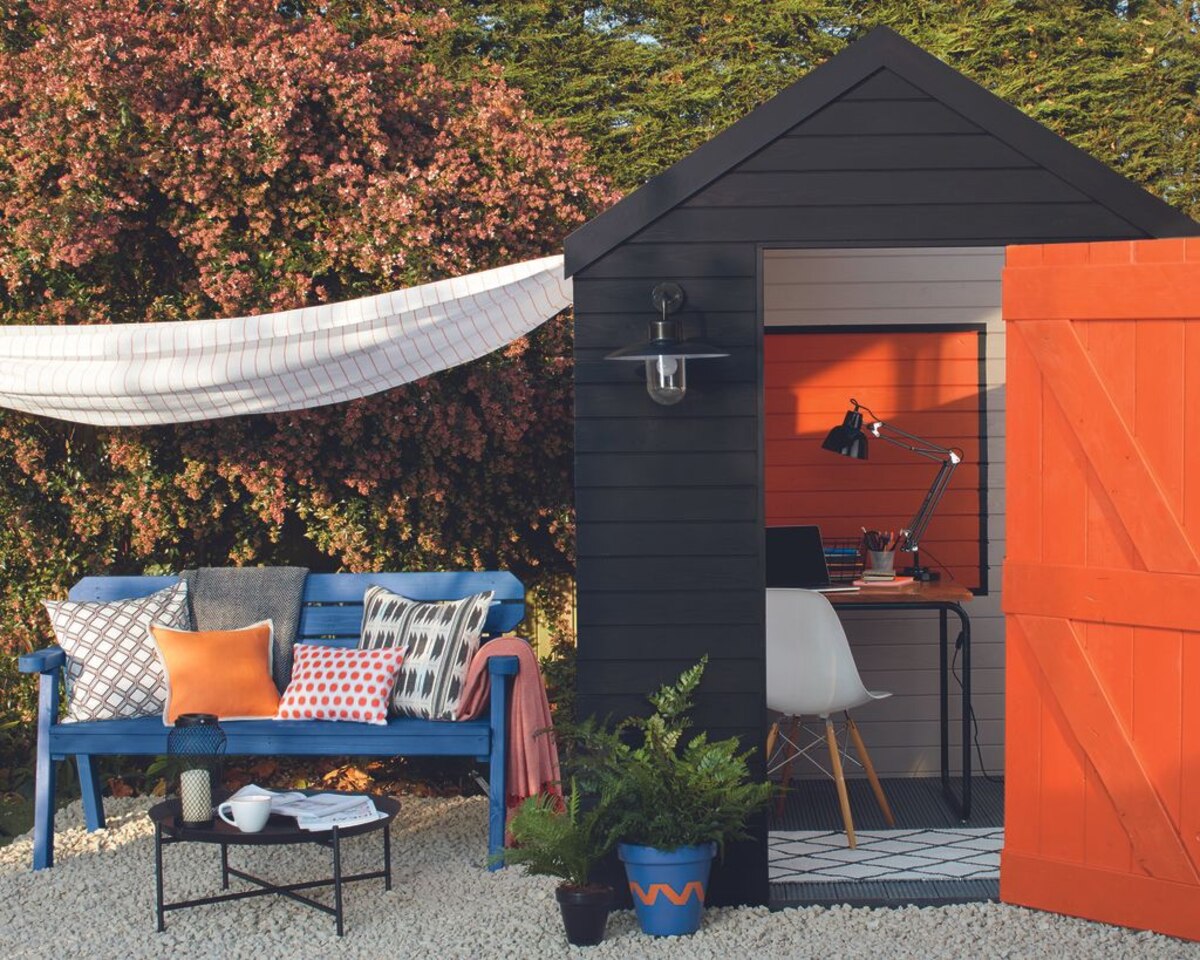

Outdoor Structures
What Color To Paint My Shed
Modified: February 18, 2024
Discover the perfect outdoor-structures paint color with our expert tips. Transform your shed with our top recommendations for a fresh, new look.
(Many of the links in this article redirect to a specific reviewed product. Your purchase of these products through affiliate links helps to generate commission for Storables.com, at no extra cost. Learn more)
Introduction
So, you've finally decided to give your shed a fresh coat of paint. Congratulations! A well-chosen color can breathe new life into your outdoor space, adding personality and charm to your property. However, selecting the perfect hue for your shed can be a daunting task. With a myriad of colors to choose from, it's important to consider various factors before making your decision.
The color of your shed can significantly impact the overall aesthetic of your outdoor area. Whether you're aiming for a subtle, natural look that blends seamlessly with the environment or a bold statement that sets your shed apart, the right color can make all the difference. In this article, we'll explore the key factors to consider when choosing a color for your shed, popular shed colors, the concept of complementary colors, and how to ensure your chosen color stands the test of time. By the end, you'll be equipped with the knowledge to confidently select the perfect hue for your shed, transforming it into a standout feature of your outdoor space.
Key Takeaways:
- Choose a shed color that complements your home’s style and the surrounding landscape. Consider popular options like barn red, forest green, and navy blue for a timeless and versatile look.
- Understand complementary colors to create a visually appealing shed. Maintain your shed’s color with regular cleaning and high-quality materials for long-lasting vibrancy.
Read more: What Color To Paint My Brick House
Factors to Consider
When deciding on a color for your shed, there are several important factors to take into account. By carefully considering these elements, you can ensure that your chosen color not only enhances the visual appeal of your shed but also complements the overall aesthetic of your property.
- Architectural Style: Consider the architectural style of your home and other structures on your property. The shed’s color should harmonize with the existing buildings, creating a cohesive and unified look.
- Surrounding Landscape: Take note of the natural elements surrounding your shed, such as trees, flowers, and the color of the earth. The chosen color should complement these natural features, blending in or standing out as desired.
- Climate: The climate of your region can play a role in color selection. In sunny areas, lighter colors can help reflect heat, while in cooler climates, darker colors may provide a sense of warmth.
- Regulations and Restrictions: Check local regulations or homeowners’ association guidelines regarding shed colors. Some communities have specific rules or restrictions on exterior colors, especially for outbuildings.
- Personal Preference: Ultimately, your personal taste and the mood you wish to evoke should guide your color choice. Whether you prefer tranquil, earthy tones or vibrant, eye-catching hues, your shed’s color should reflect your individual style.
By considering these factors, you can narrow down the vast array of color options and make an informed decision that aligns with both your personal preferences and the practical considerations of your property.
Popular Shed Colors
When it comes to choosing a color for your shed, several timeless and versatile options have remained popular among homeowners. These classic colors not only stand the test of time but also offer a wide range of complementary possibilities for your outdoor space. Here are some popular shed colors to consider:
- Barn Red: This iconic color adds a rustic charm to any shed, evoking a sense of tradition and warmth. It complements natural surroundings and can serve as a striking focal point in your outdoor landscape.
- Forest Green: A deep, rich green hue blends seamlessly with the natural environment, making it an ideal choice for those who seek a more understated, organic look for their shed.
- Slate Gray: This neutral and sophisticated color offers a modern touch, providing a versatile backdrop for landscaping and allowing the surrounding greenery to pop.
- Burnished Gold: A warm, earthy tone that exudes timeless elegance and pairs beautifully with various landscaping designs, adding a touch of luxury to your outdoor space.
- Navy Blue: For a bold and dramatic statement, navy blue offers a striking contrast against natural elements and can add a touch of nautical charm to your property.
These popular shed colors have proven to be enduring choices, offering a balance of tradition, versatility, and visual appeal. Whether you’re aiming for a classic, rustic look or a more contemporary and bold statement, these colors provide a solid foundation for your shed-painting endeavors.
Complementary Colors
Understanding the concept of complementary colors can greatly enhance the visual impact of your shed and its surroundings. Complementary colors are pairs of colors that, when combined, create a strong contrast and reinforce each other, making each hue appear more vibrant and dynamic. By incorporating complementary colors into your shed’s color scheme, you can create a visually appealing and harmonious outdoor space.
For example, if your shed is painted in a classic barn red, a complementary trim color such as forest green can create a striking visual contrast. Similarly, a slate gray shed can be accentuated with a trim in a burnished gold tone, adding depth and visual interest to the overall look. Understanding how these colors interact can elevate the aesthetic appeal of your shed and contribute to a cohesive and polished outdoor design.
When considering complementary colors for your shed, it’s essential to take into account the existing colors in your outdoor space, including the main color of your home, landscaping elements, and other structures. By selecting complementary colors that work harmoniously with the surroundings, you can create a cohesive and visually impactful outdoor environment.
Furthermore, incorporating complementary colors doesn’t have to be limited to the shed itself. Consider using these color pairings for decorative elements such as flower pots, window shutters, or outdoor furniture to tie the entire outdoor space together in a visually appealing and cohesive manner.
By leveraging the power of complementary colors, you can elevate the visual impact of your shed and create a harmonious outdoor environment that reflects your personal style and enhances the overall aesthetic of your property.
Consider the surroundings and climate when choosing a shed color. Light colors reflect heat and are good for hot climates, while dark colors absorb heat and are better for colder areas. Also, consider a color that complements your home and landscape.
Choosing the Right Color
When it comes to selecting the right color for your shed, it’s important to approach the decision with careful consideration and a keen eye for detail. The chosen color should not only enhance the visual appeal of the shed but also harmonize with the surrounding environment and complement the overall aesthetic of your property.
One approach to choosing the right color is to consider the mood or atmosphere you wish to create. For a serene and tranquil ambiance, soft, earthy tones such as sage green or sandy beige can evoke a sense of calm and relaxation. If you prefer a more vibrant and lively feel, bold colors like deep blue or vibrant red can inject energy and personality into your outdoor space.
Additionally, take into account the architectural style of your home and other structures on your property. The shed’s color should complement the existing color palette, creating a cohesive and visually appealing ensemble. It’s also essential to consider the visual impact of the color throughout the changing seasons, as certain hues may resonate differently in various lighting conditions.
Another crucial aspect to consider is the long-term durability of the chosen color. Opt for high-quality exterior paint that can withstand the elements and maintain its vibrancy over time. Consider factors such as UV resistance, moisture protection, and resistance to fading, as these qualities contribute to the longevity of the color and the overall appearance of your shed.
Furthermore, don’t hesitate to gather inspiration from various sources, such as home improvement magazines, online galleries, or even neighboring properties. Observing how different colors interact with landscaping and architectural styles can provide valuable insights and inspiration for your own shed color selection.
Ultimately, choosing the right color for your shed is a personal and creative process. By carefully considering the mood you wish to evoke, the architectural context, the durability of the color, and seeking inspiration, you can confidently select a color that transforms your shed into a captivating and harmonious focal point of your outdoor space.
Read more: What Color Should I Paint My Dresser
Maintenance and Longevity
Once you’ve carefully selected the perfect color for your shed, it’s essential to consider maintenance and longevity to ensure that your chosen hue remains vibrant and visually appealing for years to come. Proper maintenance practices can significantly extend the life of the paint and preserve the overall aesthetic of your shed.
Regular cleaning is a fundamental aspect of maintaining the appearance of your shed. Depending on the material and finish of the shed, periodic cleaning with a mild detergent and water can help remove dirt, grime, and environmental residues that may dull the color over time. Additionally, inspect the shed for any signs of wear, such as chipping or peeling, and address these issues promptly to prevent further deterioration.
Applying a protective top coat or sealant can provide an extra layer of defense against the elements, helping to shield the paint from UV rays, moisture, and other environmental factors. This additional layer can enhance the durability and longevity of the color, ensuring that it remains vibrant and resistant to fading over time.
Furthermore, consider the quality of the paint and materials used during the initial application. Investing in high-quality exterior paint formulated for durability and UV resistance can significantly contribute to the long-term vibrancy and resilience of the color. Additionally, proper surface preparation, including cleaning, priming, and applying multiple coats of paint, can ensure a more robust and long-lasting finish.
Regular inspections of the shed’s exterior, particularly after extreme weather conditions, can help identify any areas that may require touch-ups or additional maintenance. By addressing minor issues promptly, you can prevent more extensive and costly repairs in the future, preserving the overall visual appeal of your shed.
By incorporating these maintenance practices and investing in high-quality materials, you can ensure that the color of your shed remains vibrant and visually appealing for years to come. With proper care and attention, your shed can continue to enhance the beauty of your outdoor space, reflecting your personal style and creating a lasting impression.
Conclusion
Choosing the perfect color for your shed is a creative and rewarding endeavor that can transform your outdoor space into a captivating and harmonious environment. By carefully considering factors such as architectural style, surrounding landscape, climate, regulations, and personal preferences, you can select a color that not only enhances the visual appeal of your shed but also complements the overall aesthetic of your property.
Popular shed colors such as barn red, forest green, slate gray, burnished gold, and navy blue offer timeless and versatile options that cater to a wide range of preferences and styles. Understanding the concept of complementary colors can further elevate the visual impact of your shed, creating a cohesive and visually appealing outdoor space.
When choosing the right color, it’s essential to consider the mood you wish to evoke, the architectural context, and the long-term durability of the color. Seeking inspiration from various sources and observing how different colors interact with landscaping and architectural styles can provide valuable insights for your color selection.
Furthermore, maintaining the vibrancy and longevity of your chosen color requires regular cleaning, proper surface preparation, and the use of high-quality materials. By incorporating these maintenance practices, you can ensure that your shed’s color remains vibrant and visually appealing for years to come, enhancing the overall beauty of your outdoor space.
In conclusion, the color of your shed is a powerful design element that can significantly impact the visual appeal of your property. By approaching the color selection process with thoughtful consideration, creativity, and attention to maintenance, you can transform your shed into a standout feature of your outdoor space, reflecting your personal style and creating a lasting impression for years to come.
Frequently Asked Questions about What Color To Paint My Shed
Was this page helpful?
At Storables.com, we guarantee accurate and reliable information. Our content, validated by Expert Board Contributors, is crafted following stringent Editorial Policies. We're committed to providing you with well-researched, expert-backed insights for all your informational needs.
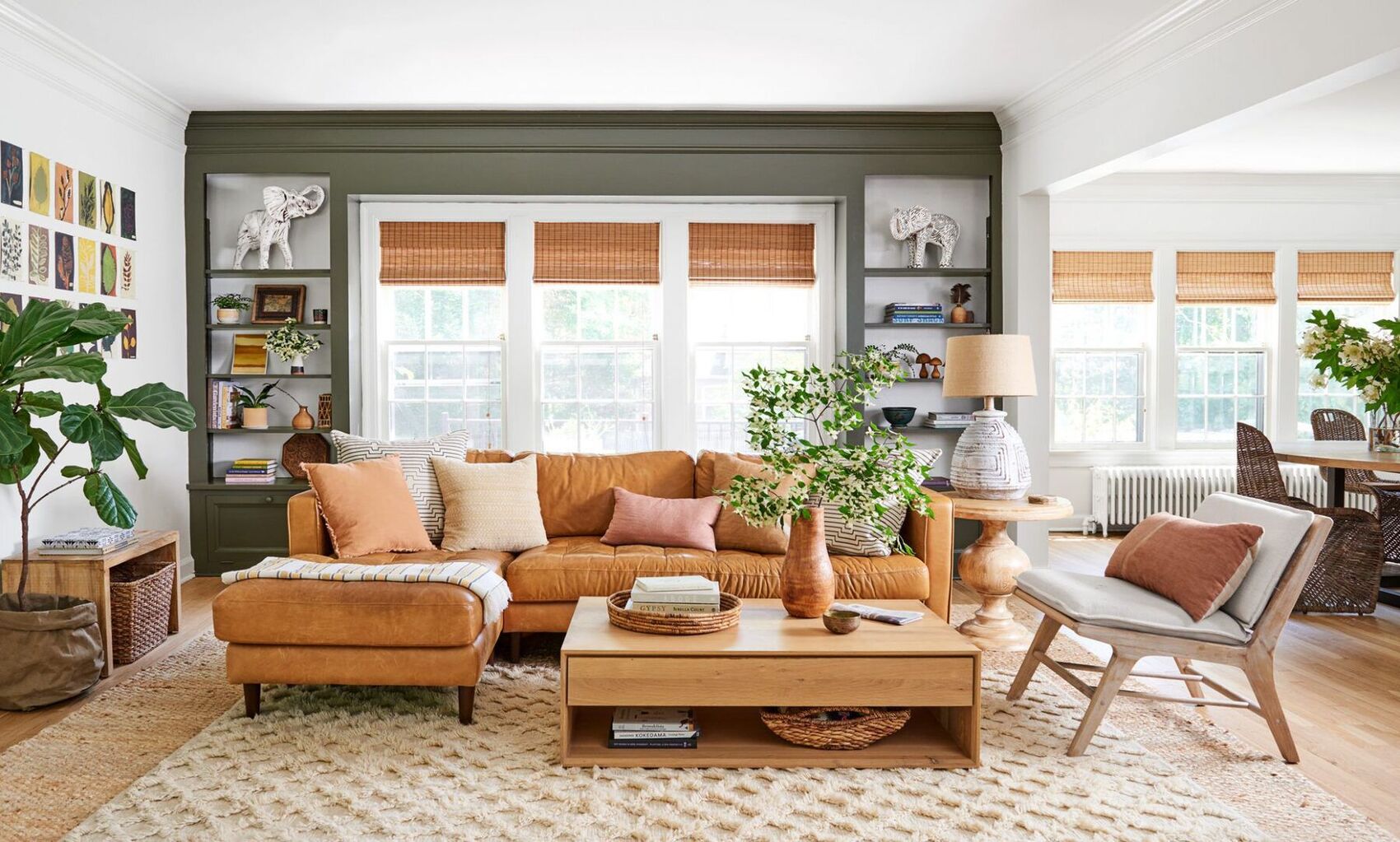
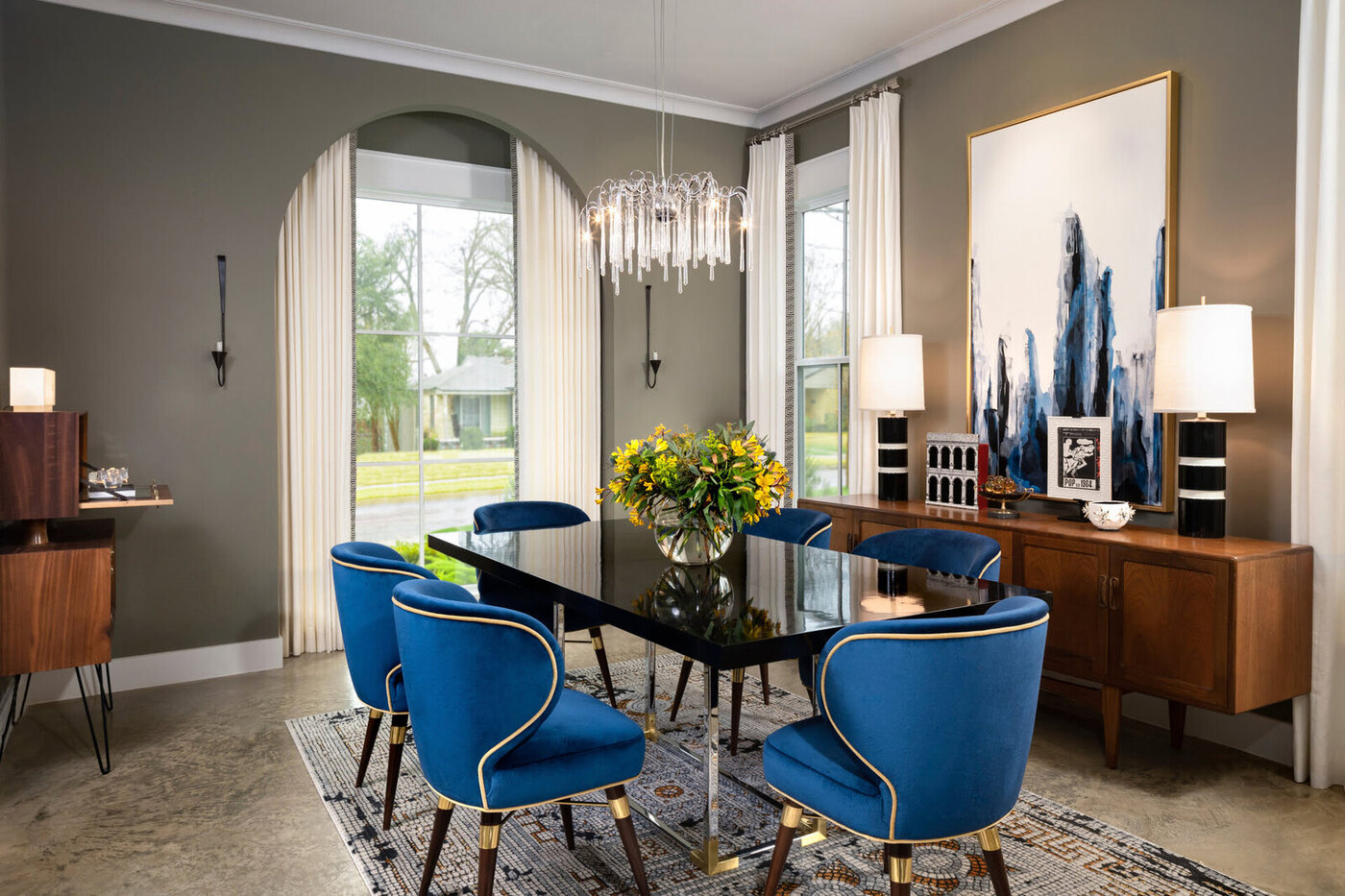
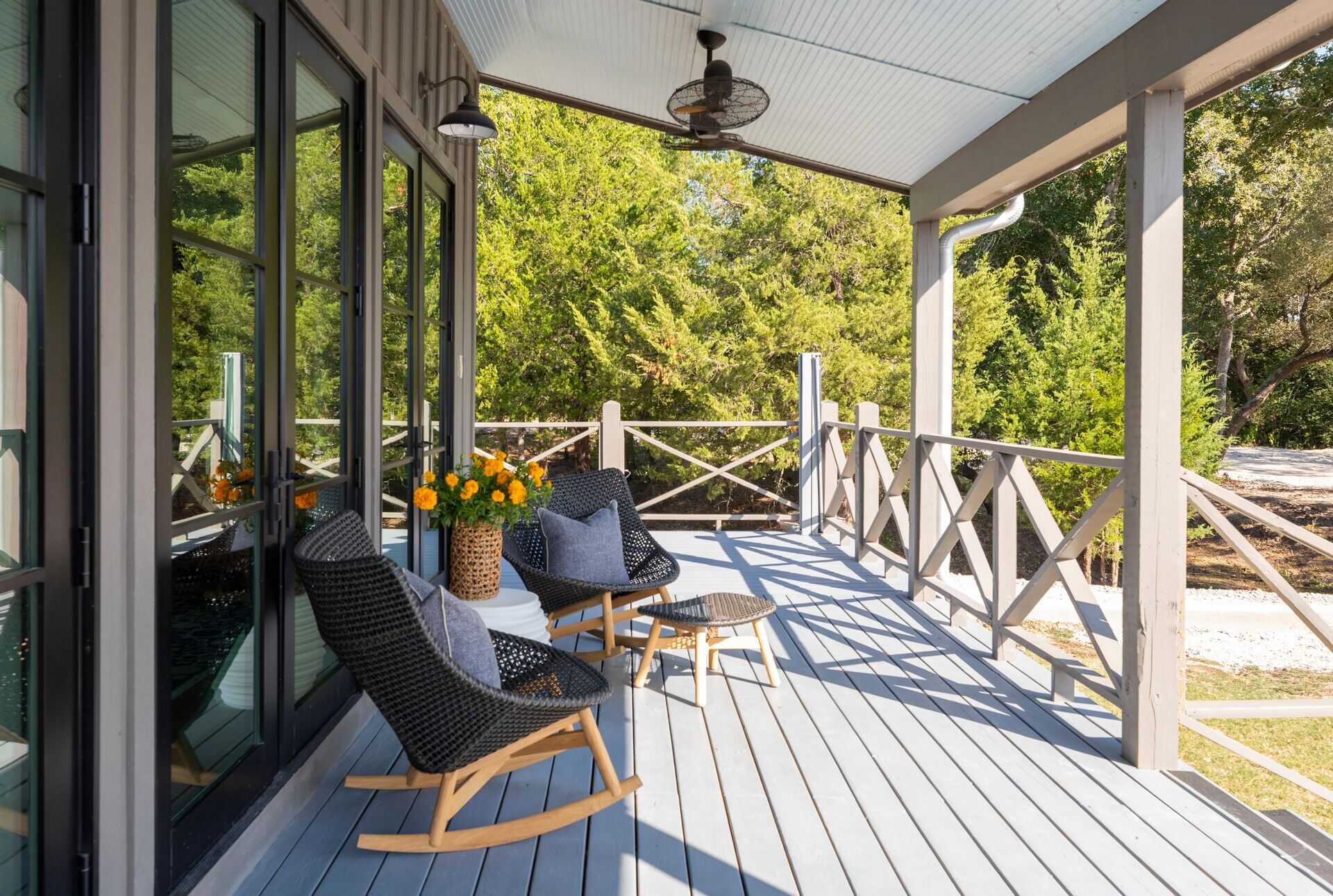
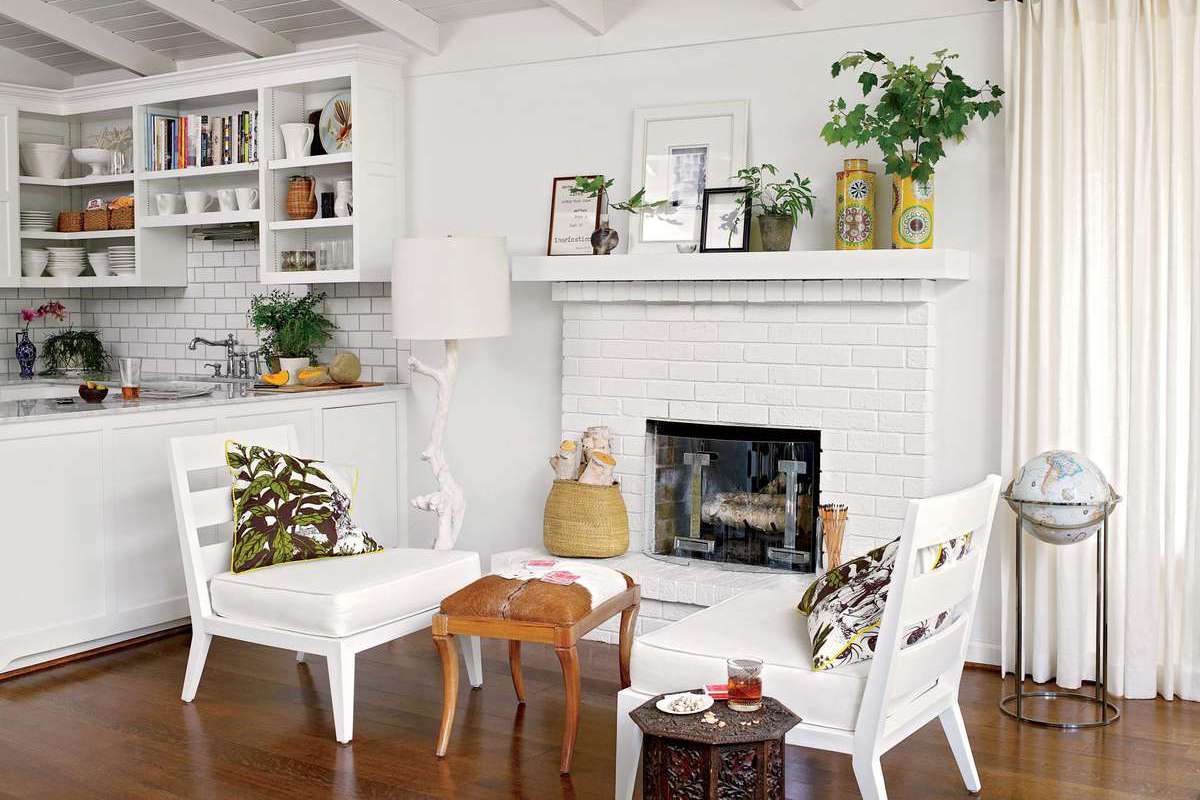
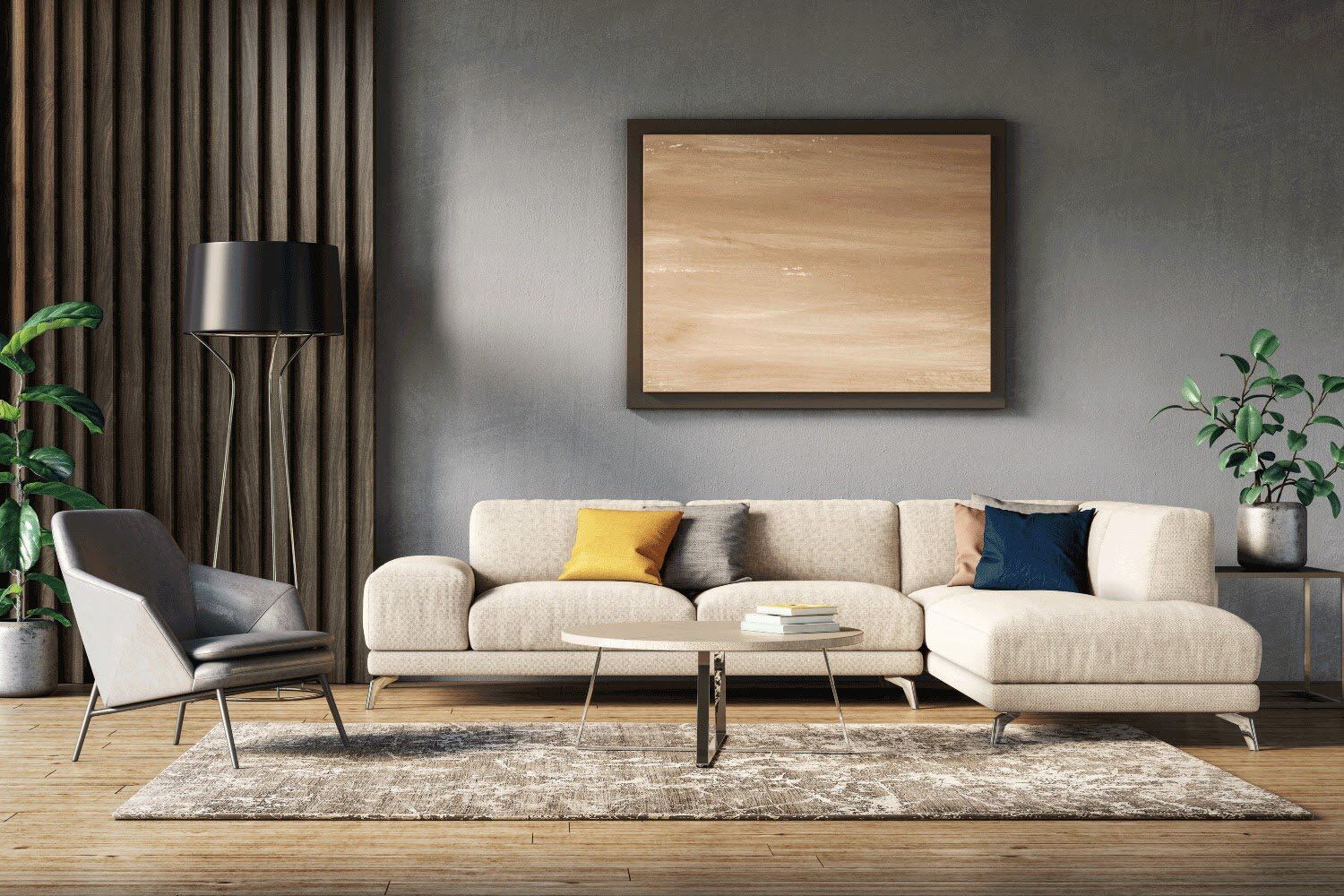
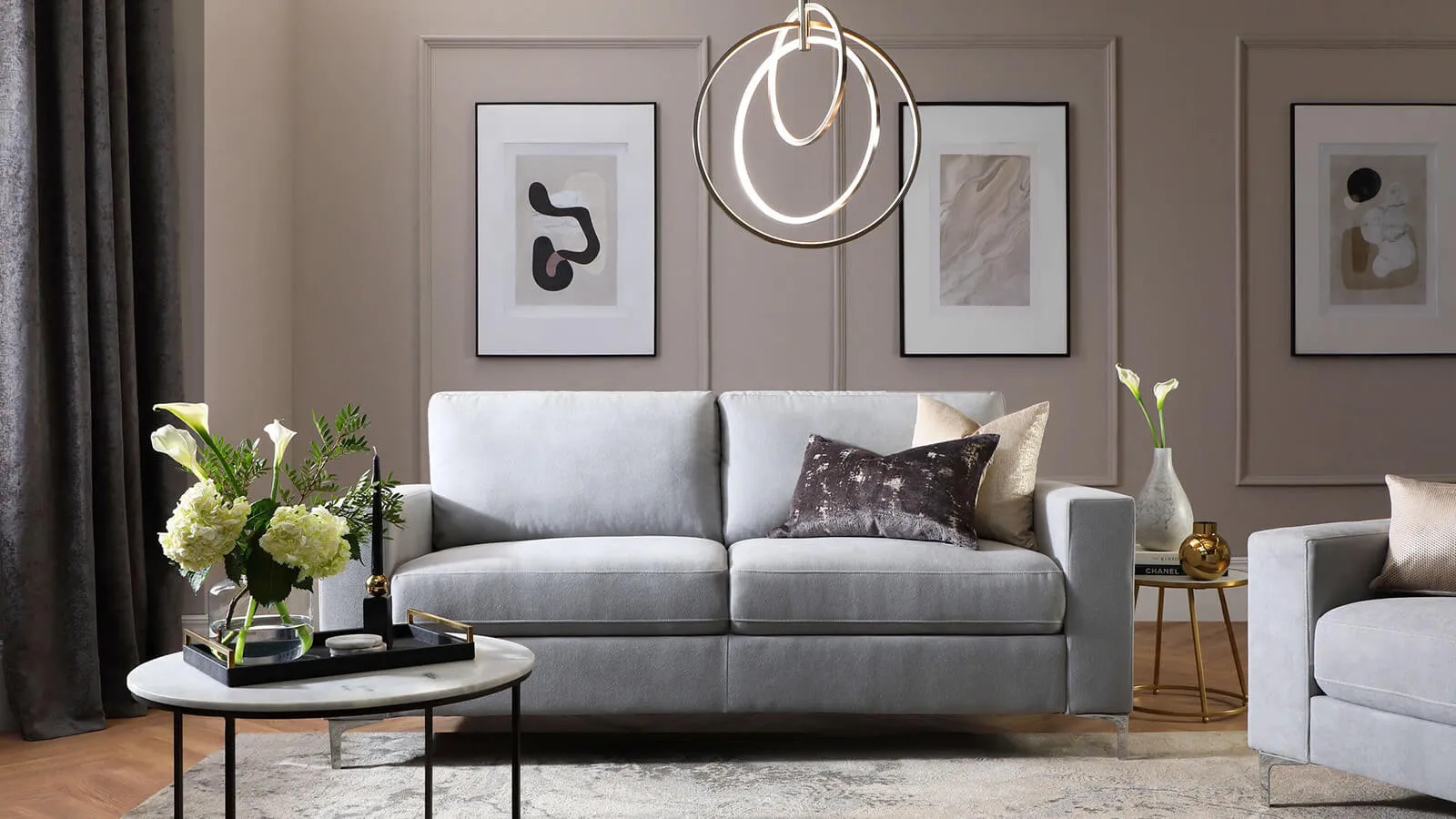
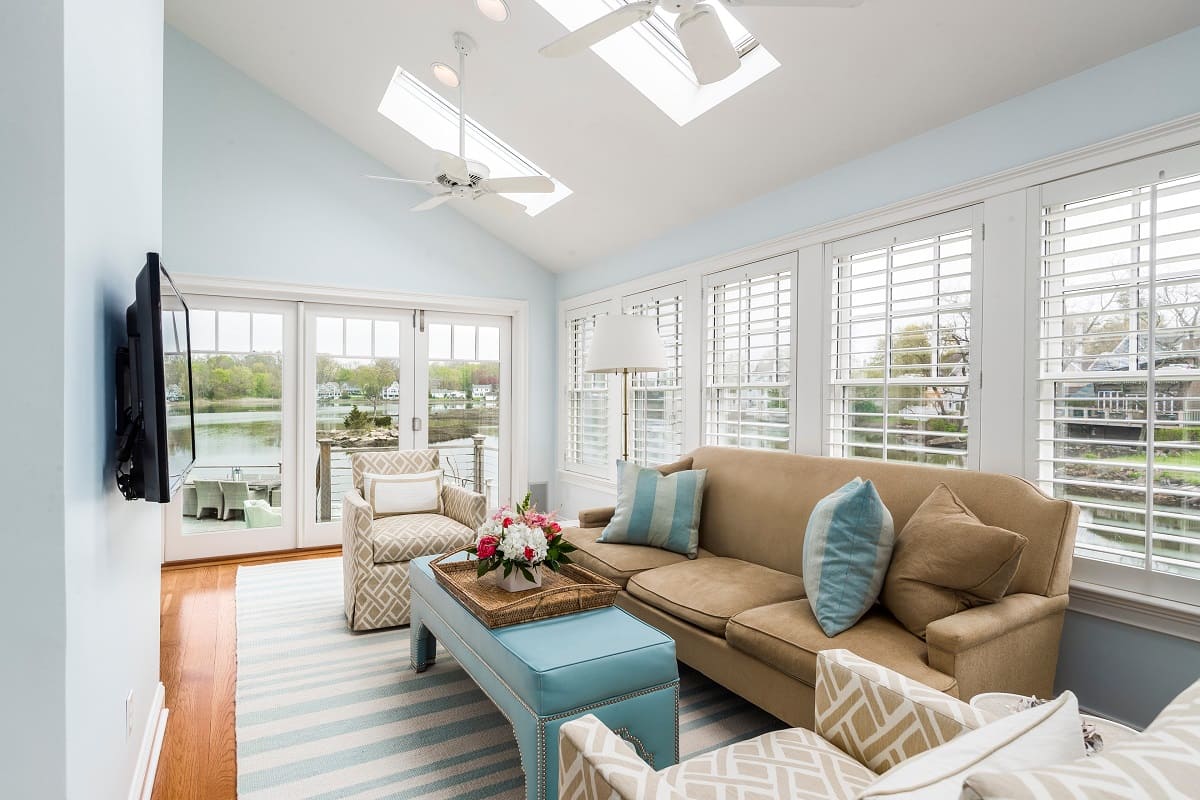
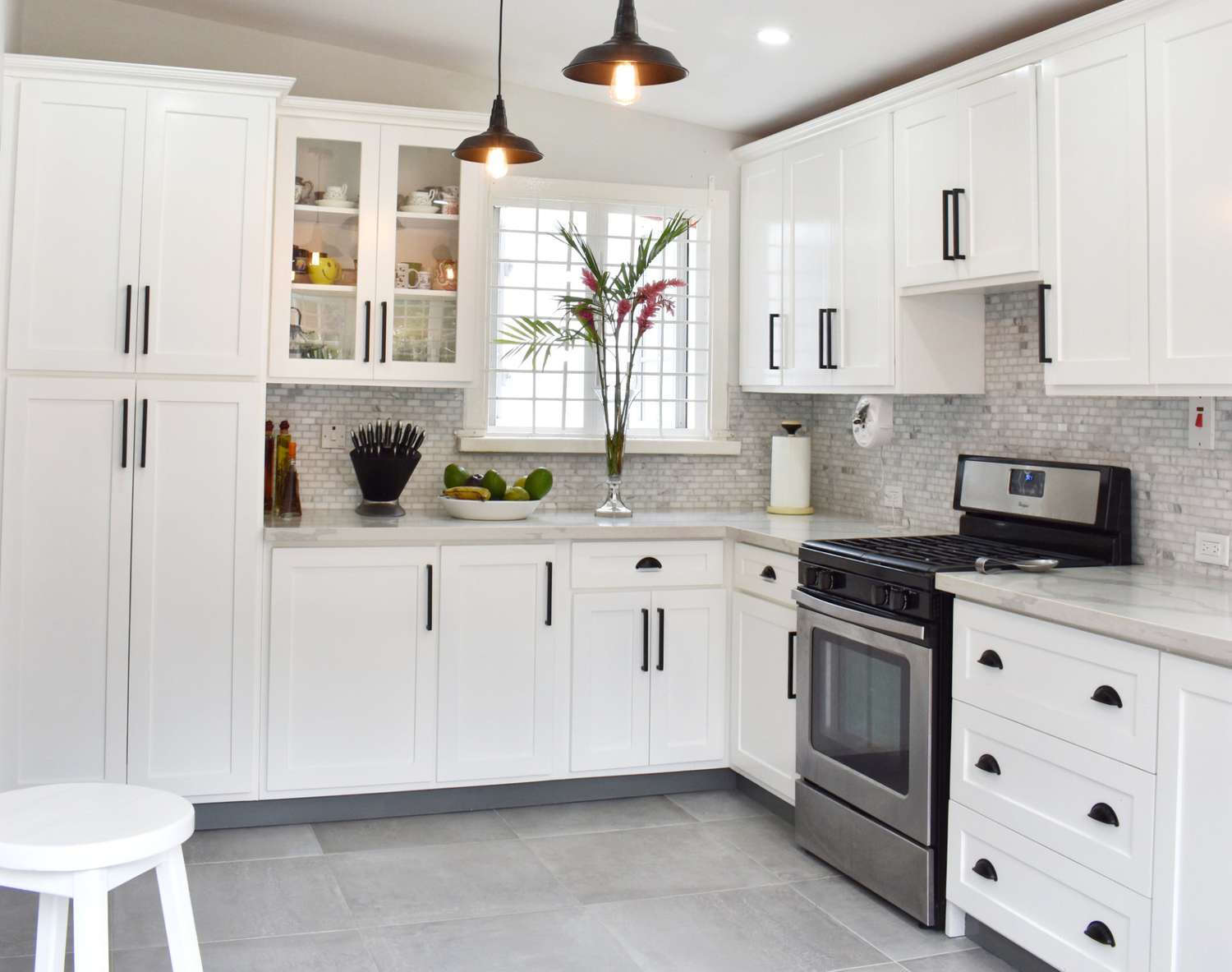
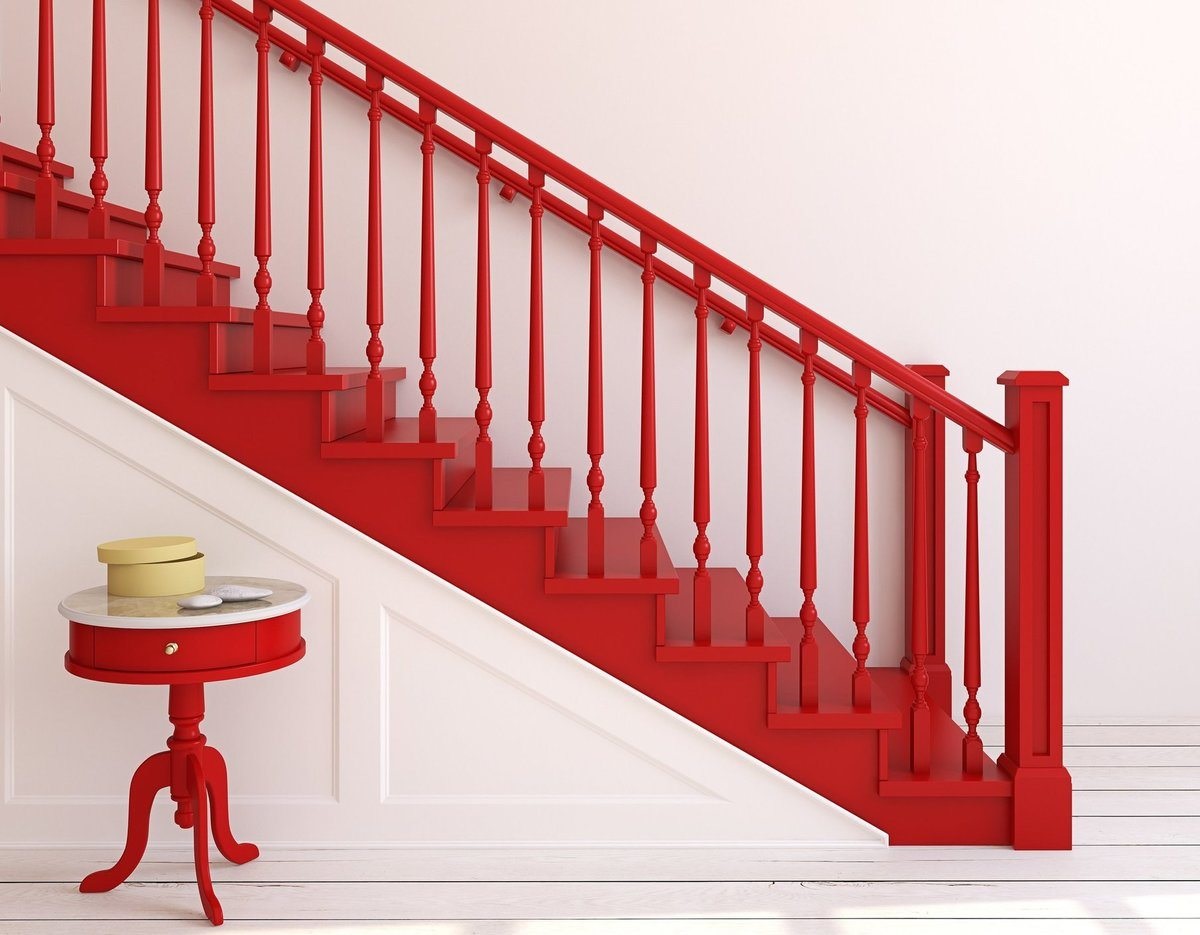
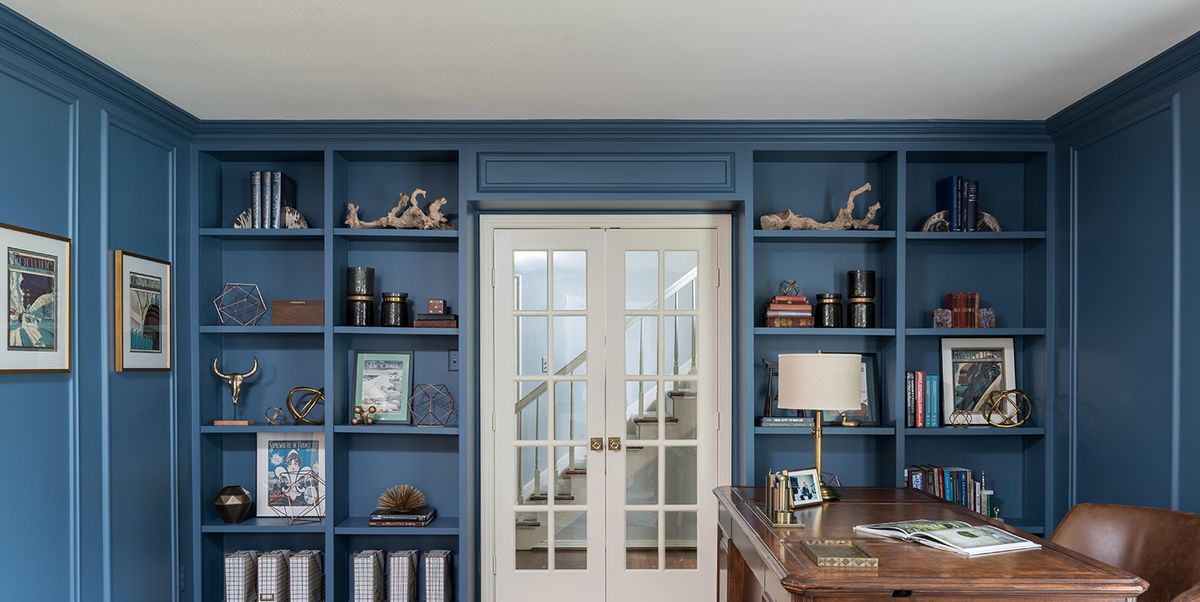
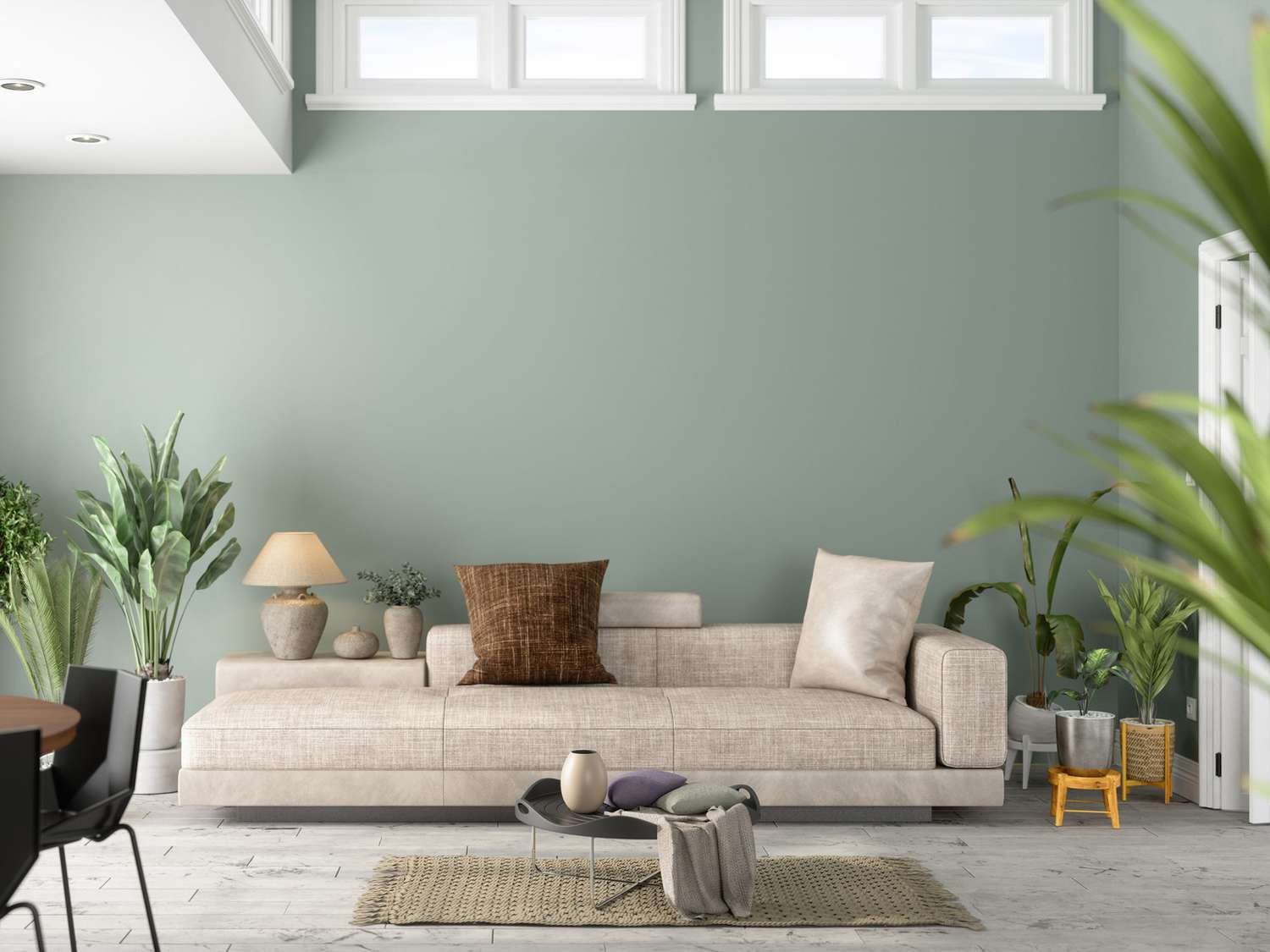
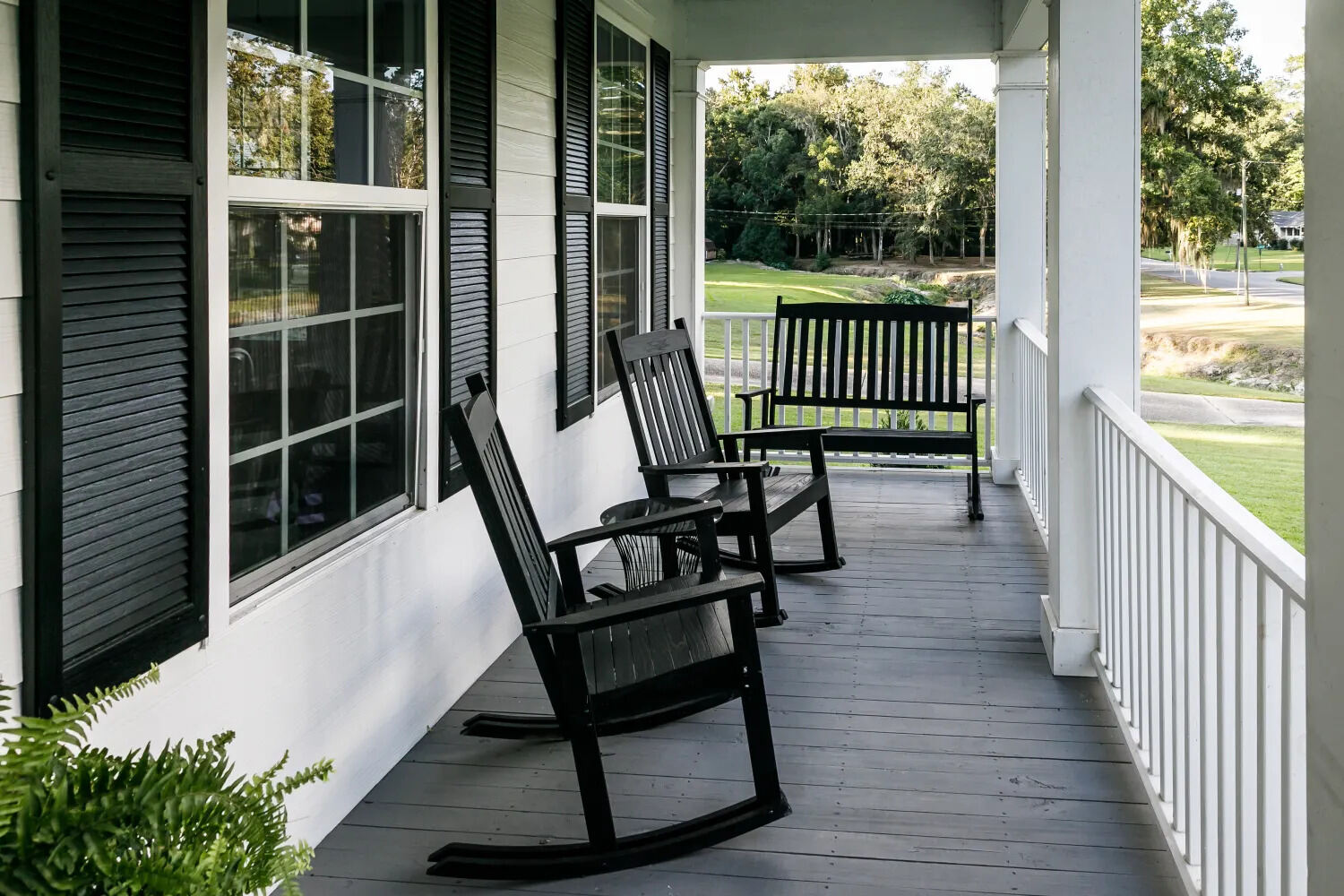
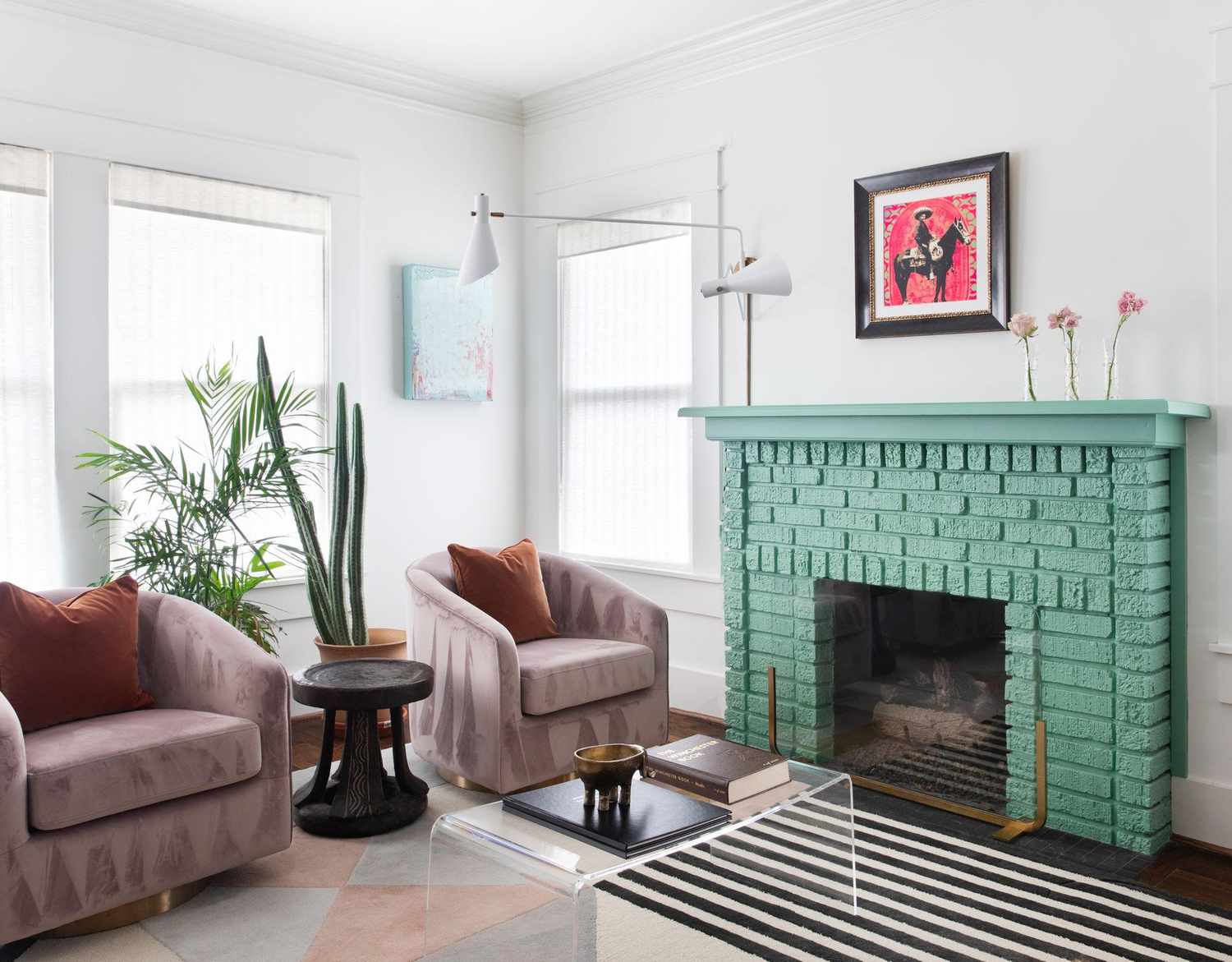
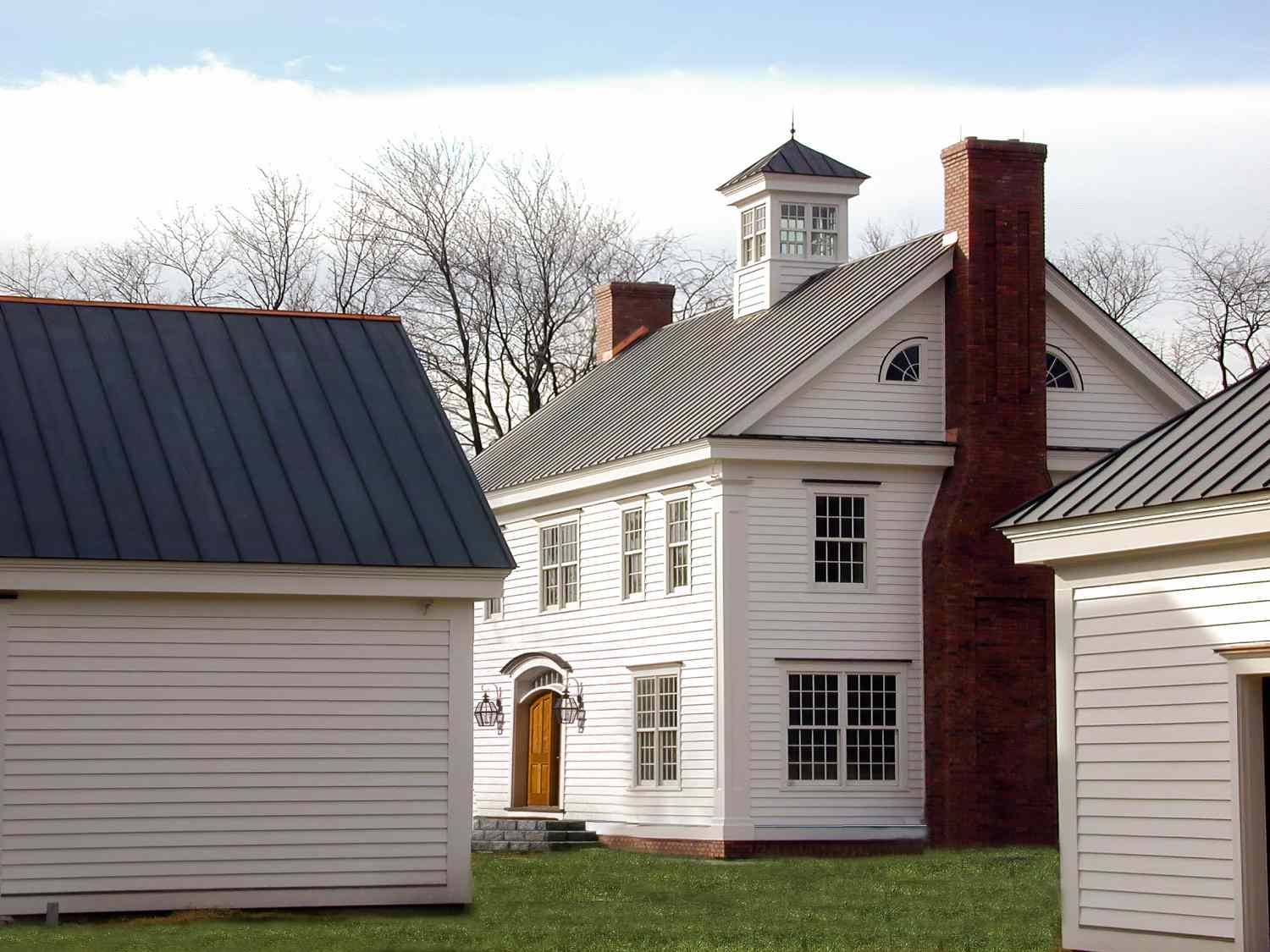

0 thoughts on “What Color To Paint My Shed”